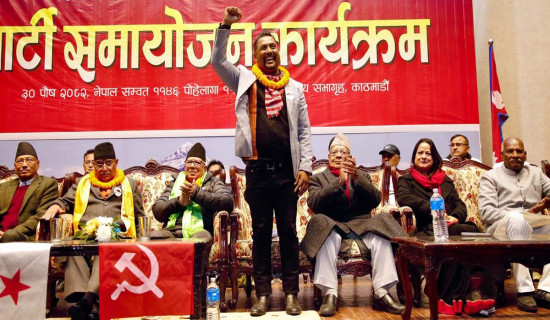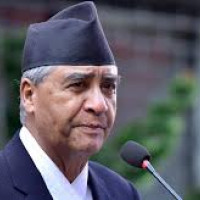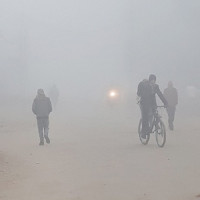- Wednesday, 14 January 2026
58thAnniversary Special Supplement
TRN At Crucial Juncture Of History
Noted German philosopher Arthur Schopenhauer says that living and non-living things come from the same source, which is nature. If his logic is considered correct, then the conceptualisation, publication, and growth of The Rising Nepal (TRN) can be compared with the child of a man. A child is much loved and cared for in his or her early days, but as days, months, and years pass by, s/he does not get the desired amount of affection and attention from the parents. As s/he grows up, numerous challenges crop up, deciding his/her fate. Similar is the case of TRN.
The publication of the TRN began on December 15, 1965. One of the founding editors of TRN, Aditya Man Shrestha, accounts that the idea of publishing an English daily newspaper came to the mind of the then King Mahendra when he visited India. As he saw some English-language newspapers carrying news of his visit, he expressed his wish to publish an English newspaper in Nepal with his accompanying officials. This is how TRN was conceived and born as the nation’s first broadsheet daily.
Heyday
During the Panchayat system, TRN had its heyday, for it was the only English broadsheet daily operating in the country. TRN editors had access to the palace. Even in the diplomatic community, TRN reporters commanded higher respect. With easy access to power centres, TRN editors had a say in administrative matters within the corporation. This enabled the editorial leadership to sort out the problems related to new recruitment or official work easily. The English Daily witnessed many ups and downs in the last nearly six-decade period. Despite various regime changes, TRN continues to stick to its primary mission of disseminating factual, objective, and credible news and views to its readers.
This scribe intends to ponder three important aspects of the publication: human resources, content, and its future prospects. TRN is now run by the third and fourth generations of journalists. The majority of the second-generation journalists came from the upper echelons of society. No doubt, the first generation of TRN journalists was erudite and highly competent, capable of handling unforeseen challenges. The third batch of journalists is equally professional. The fourth generation of journalists had made it inclusive. Interestingly, the majority of reporters are currently women. This amply reflects the gender parity of the paper, which has a positive impact on the coverage of news.
When it comes to content, TRN attaches priority to political, social, and economic aspects and disseminates soft and hard news as well as analytical views in an impartial manner. Sports, art, and culture all receive equal attention. Despite being a state-run paper, it does not hesitate to bring political and social anomalies, the weaknesses of ruling parties, and corruption cases to the fore. On the op-ed page, readers can find scathing comments on the misdeeds of those holding public offices. It is not just the government's activities; the private sector's discrepancies also come under close scrutiny. The variety of contents has enriched the paper as well as enhanced its trust in the readers.
Today, TRN stands amidst challenges and opportunities. It is not just the private sector's newspapers but also digital news portals that pose a challenge to the oldest English daily to adapt to new situations and make it more competitive in the diverse media market. Here, I would like to mention a famous dialogue between Yakshay and Yudhishthir in the Hindu epic Mahabharat. Yakshay poses a tough question to Yudhishthira: What is the strongest force on earth? Yudhithir, the eldest brother of Pandavas, answers, "It is time.''
Pulse of time
Yes, time is more powerful. It is imperative for all to embrace change. Failure to feel the pulse of time impedes the pace of progress. German inventor and craftsman Johannes Gutenberg invented the movable-type printing press, which gave new momentum to the religious, social, and political sectors of that time. But it is struggling for survival because of the change in time and technology. Today, TRN stands at the crossroads of cross-cutting technological innovation. The rise of social media has threatened the existence of print and visual media.
Obviously, print media has many upsides. Compared to the mushrooming online media, print media outlets are credible and engaging, with an enduring impact. However, digital news portals naturally prevail over print media, which takes twenty-four hours to reach the readers, but new media provides minute-by-minute updates on current and hot issues. This paradigm shift in the communication sector should serve as a wake-up call for the authorities assigned to lead the corporation that brings out the English daily. Now the time has come to carry out bold reforms to make the daily digitally equipped, viable, and popular among the readers.
(The author is a Managing Editor of this daily.)





-square-thumb.jpg)











